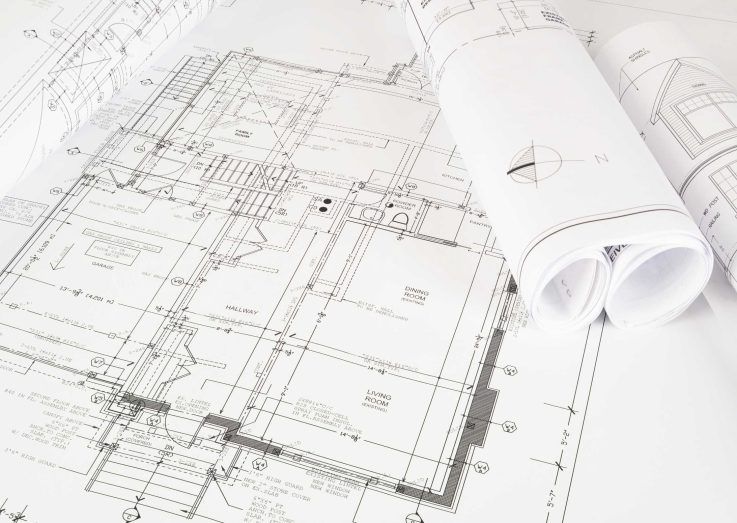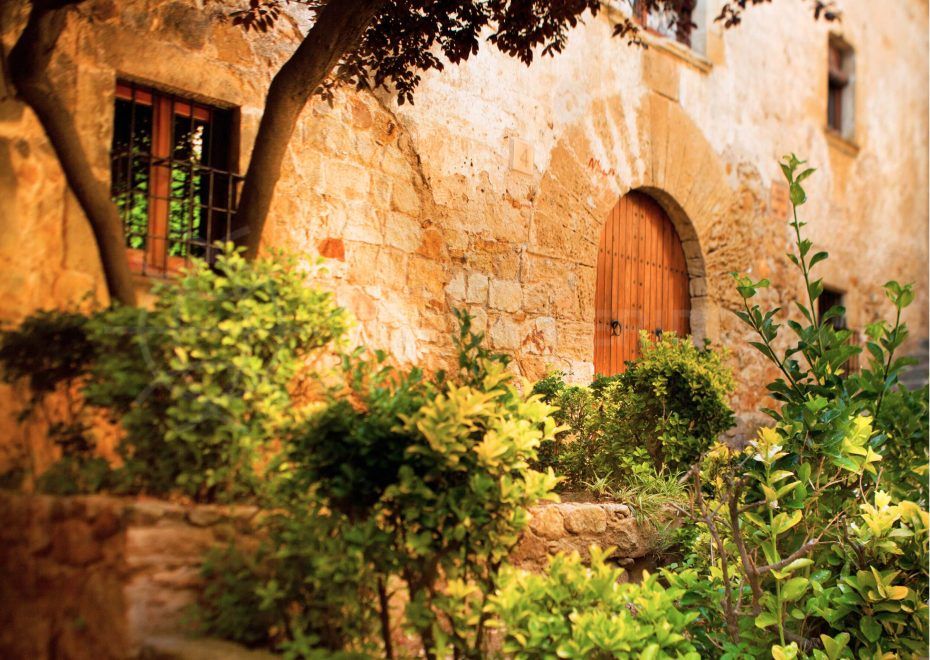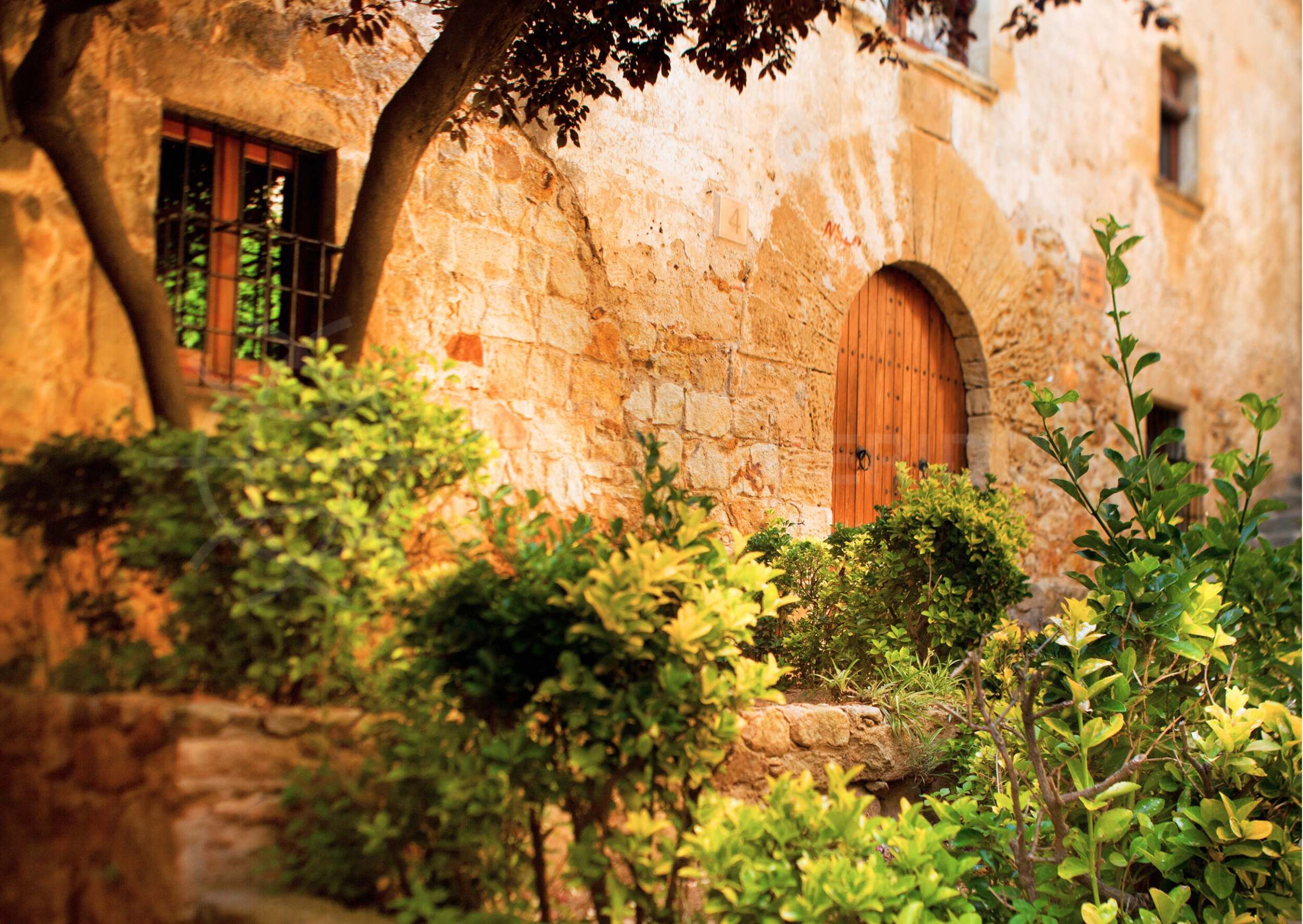
Consult an expert
Buying a Country Property and the importance of the DAFO

The Andalusian countryside is one of the most beautiful in the world, with an endless variety of landscapes, climates and ecosystems. It’s no wonder many want to buy a rustic cortijo or finca, whether to retire, have a vacation home, or even raise a family in more tranquil surroundings.
But, if you’re going to buy a house in the countryside, there’s some things you definitely need to be aware of before you plonk down your cash, and one of them is known as DAFO.
What is a DAFO? A little history is in order
In the past, houses in the Andalusian countryside were typically built without permits of any kind. This continued right up until recently – and still goes on to some extent for the very bold and with cave houses in certain areas.
However, it is not legal to build in any rural areas of Andalusia, nor to extend a rural house, add a pool or terrace, etc. You can’t even renovate an interior. Doing so can lead to big fines and even the demolition of a house.
For instance, with the approval of the new Andalusian Planning Law (known as LISTA), powers have been given to the regional government of Andalusia, which is starting to execute closures of properties and demolitions. This is happening, for example, on the beach of “el Palmar” in Vejer, Cádiz.
The regional government, and many councils, use drones to spot illegal new builds and illegal alterations to pre-existing properties.
These strict guidelines are to protect the countryside from over-development. The only exceptions to this law are constructions for the purposes of agriculture or commercial farming. It is also possible to be granted an exception for a commercial recreational property, like a casa rural. This latter can be complicated and take a long time, although the new LISTA has sought to simplify its procedures.
To deal with the legacy of houses built informally, the Junta de Andalucia, passed a law in 2012 establishing the DAFO – Declaración Asimilado Fuerade Ordenación. Literally, a declaration of the assimilation of a house built outside of regulation. What the DAFO does is allow these houses to regularize their status with the Administration after performing a series of steps.
This protects these legacy homes from legal sanctions, permits the owners to get legal documents from local councils, get building permits for permitted renovations (for safety, hygiene and livability), and even to be connected to local utilities, where necessary.
Once this DAFO has been obtained, a house may even be registered in the Land Registry with the warnings and limitations established for this regime, but with the notable improvement in legal security and guarantee that this Registry provides.
How does it work? If you are going to sell or buy a property that is unregistered, it must meet certain criteria to be eligible for a DAFO.
Outside of a protected nature area, a house, and any additional structures on the property, must be more than 6 years old. Inside of a protected nature area, the house and any other structures must have been built at least six years prior to the area having been designated as protected.
More than just the age, the structure must meet certain environmental and safety criteria and that will require you to hire an architect to inspect the property and make drawings.
It must also be connected with local mains, like electricity and water, or have the possibility to do so through simple works. And it will have to have a septic tank that is up to code. Sometimes there will be other, local requirements like the use of solar panels or planted trees. In addition, the house and property must not have any legal proceedings against it. Having ascertained all of this, your architect must then submit the paperwork to the local council. The council’s architect will then come out to inspect the property and in accordance with his report, the execution of any works necessary to ensure the healthiness of the dwelling may be ordered. Assuming all of your paperwork is in order, you will have to pay a fee of about 6,000-12,000 Euros and expect to have a waiting period of 6-12 months.
Once this DAFO has been obtained, it will be possible to request the execution of refurbishment or energy improvement works on the dwelling (not extensions) and register the new situation in the Land Registry.
Do you have to have a DAFO to sell or buy a rural house? No, you don’t. However, nowadays most buyers will insist on a DAFO for the security it provides.
That does not mean that you have to have a DAFO at the time of purchase. Given the upfront costs and time delay to acquire one, sellers willoften, instead,set aside a portion of sale proceeds in escrow.
The amount is based on an assessment of likely costs by the buyer’s lawyer. Once the DAFO is obtained, any excess funds are returned by the lawyer to the vendor.
Likewise, a buyer doesn’t have to get a DAFO. Some buyers might prefer to negotiate a lower sale price in return for taking on the risk associated with having a non-DAFO house. However, a local council is technically legally obligated to demand a DAFO for a property and could do so at any time. So, you’re taking a risk. Many others insist upon a DAFO before providing any paperwork, such as titles and deeds. And, in the future, if you decide to sell, there is a growing possibility that this will be a requirement. Today’s savings can turn into tomorrow’s (higher) costs.
My recommendation is always to avoid the risk of added costs, headaches and paperwork down the road. Better to just get it done at the time of purchase, when you’ve already got a team in your corner, working with you; a real estate agent, a lawyer, and an architect.
*With thanks for legal advice to Juan Pablo Fernandez from Perez Marin Abogados (www.perezmarinabogados.es), a law firm expert in planning and public law in Sevilla. And, also, to Adolfo Martos Gross with Martos& Gross Law(www.martosgrosslaw.com) in Marbella.
By Adam Neale | Consult an expert | May 26th, 2022
Related Posts

